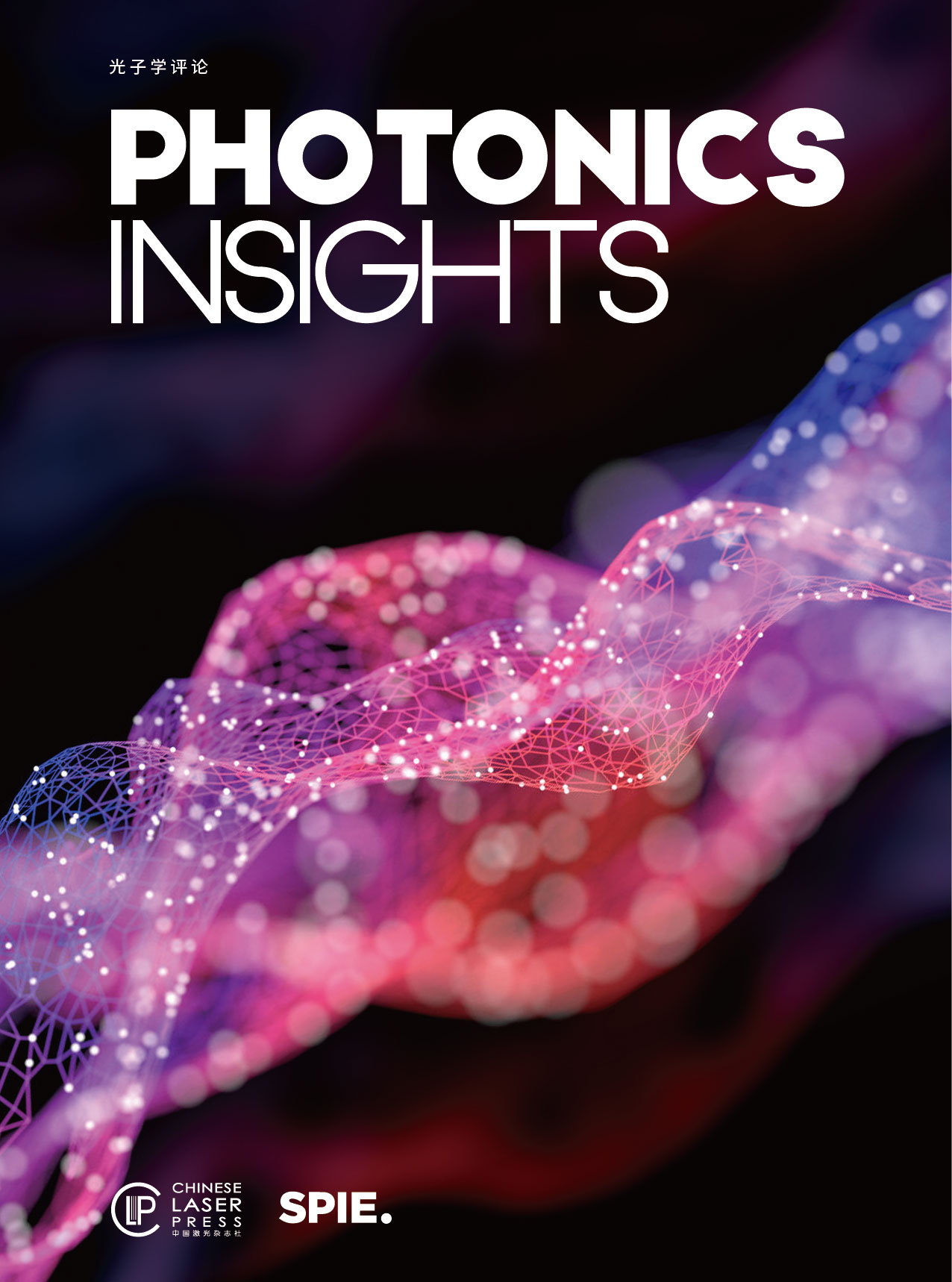 View fulltext
View fulltext
Nowadays, dozens of anisotropic two-dimensional materials with diverse and highly tunable band structures have been discovered, exhibiting much richer optical functionalities, such as anisotropic absorption, luminescence, light detecting, hyperbolic polaritons and so on, which provides a promising platform to explore and manipulate the light-matter interactions.
The refractive-lens technique has been well developed over a long period of evolution, offering powerful imaging functionalities, such as microscopes, telescopes, and spectroscopes. Nevertheless, the ever-growing requirements continue to urge further enhanced imaging capabilities and upgraded devices that are more compact for convenience. Metamaterial as a fascinating concept has inspired unprecedented new explorations in physics, material science, and optics, not only in fundamental researches but also novel applications. Along with the imaging topic, this paper reviews the progress of the flat lens as an important branch of metamaterials, covering the early superlens with super-diffraction capability and current hot topics of metalenses including a paralleled strategy of multilevel diffractive lenses. Numerous efforts and approaches have been dedicated to areas ranging from the new fascinating physics to feasible applications. This review provides a clear picture of the flat-lens evolution from the perspective of metamaterial design, elucidating the relation and comparison between a superlens and metalens, and addressing derivative designs. Finally, application scenarios that favor the ultrathin lens technique are emphasized with respect to possible revolutionary imaging devices, followed by conclusive remarks and prospects.
Surface plasmons (SPs) are electromagnetic surface waves that propagate at the interface between a conductor and a dielectric. Due to their unique ability to concentrate light on two-dimensional platforms and produce very high local-field intensity, SPs have rapidly fueled a variety of fundamental advances and practical applications. In parallel, the development of metamaterials and metasurfaces has rapidly revolutionized the design concepts of traditional optical devices, fostering the exciting field of meta-optics. This review focuses on recent progress of meta-optics inspired SP devices, which are implemented by the careful design of subwavelength structures and the arrangement of their spatial distributions. Devices of general interest, including coupling devices, on-chip tailoring devices, and decoupling devices, as well as nascent SP applications empowered by sophisticated usage of meta-optics, are introduced and discussed.
Low symmetry 2D materials with intrinsic in-plane anisotropic optical properties and high tunability provide a promising platform to explore and manipulate light–matter interactions. To date, dozens of in-plane anisotropic 2D materials with diverse band structures have been discovered. They exhibit rich optical properties, indicating great potential for novel applications in optics, photonics, and optoelectronics. In this paper, we thoroughly review the anisotropic optical properties and polaritons in many kinds of low symmetry 2D materials, aiming to elicit more research interest in this field. First, the optical properties of anisotropic 2D semiconductors, including interband absorption, photoluminescence, excitons, and band structure engineering for tuning optical responses, are introduced. Then fundamentals and advances in experiments of hyperbolic polaritons in anisotropic 2D materials, including phonon, plasmon, and exciton polaritons, are discussed. Finally, a perspective on promising research directions is given.
















